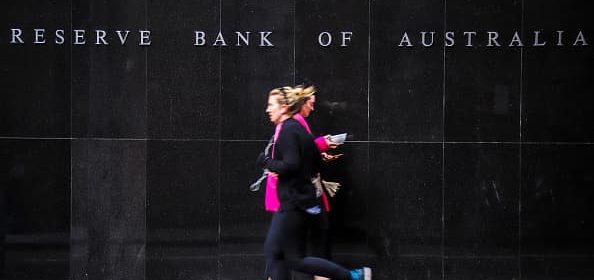Australia's central bank holds rates near zero, expands bond buying program by $76 billion

- Australia's central bank held rates at near-zero in a widely expected decision on Tuesday.
- The Reserve Bank of Australia said it would also expand its bond buying program to help support jobs and boost inflation.
- Overall, Governor Philip Lowe sounded optimistic about Australia's economic recovery as most businesses reopened after the country largely managed to curb the coronavirus pandemic.
Australia's central bank held rates at near-zero in a widely expected decision on Tuesday and said it would expand its bond buying program by A$100 billion ($76.4 billion)from mid-April to help support jobs and boost inflation.
At its first policy meeting of the year, the Reserve Bank of Australia (RBA) left its cash rate and the three-year government bond yield target at 0.1% while reiterating its commitment to not raise rates until actual inflation is within its 2-3% target range.
The pledge to buy more bonds pulled yields on 10-year paper back to 1.115%, having hit a 10-month top of 1.19% early in the session.
"The Board remains committed to maintaining highly supportive monetary conditions until its goals are achieved. Given the current outlook for inflation and jobs, this is still some way off," Governor Philip Lowe said in a short post-meeting statement.
For the RBA to meet its inflation target, wages growth will have to be "materially higher" than the 1.4% rate currently, he added.
"This will require significant gains in employment and a return to a tight labor market. The Board does not expect these conditions to be met until 2024 at the earliest," the RBA chief said.
Overall, Lowe sounded optimistic about Australia's economic recovery as most businesses reopened after the country largely managed to curb the coronavirus pandemic.
The Australian dollar eased to $0.7628 after the statement from $0.7660 earlier in the day.
The RBA expects Australia's gross domestic product (GDP) to expand by 3.5% over both 2021 and 2022, with GDP seen returning to its end-2019 level as soon as June.
Even so, the jobless rate is seen hovering around 6% this year. The RBA had earlier said the unemployment will have to be under 4.5% for it to generate wage pressures.
Source: Read Full Article
